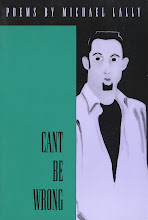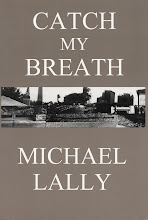I thought I had read the Sloan Wilson's bestselling 1955 novel THE MAN IN THE GRAY FLANNEL SUIT and had seen the 1956 movie that was made of it. But either the brain operation wiped out all memory of either, or I was mistaken, because watching it tonight (or officially by now last night) on TCM not one scene was familiar.
I also had put it in a category with all the overwrought melodramatic movies in the 1950s that contributed, at least for me, to that decade's movies seeming to reflect something gravely flawed about that era's take on life, making the "serious" adult films of that time seem terribly depressing to me as a boy and teenager.
But when I look at the credits for the film of THE MAN IN THE GRAY FLANNEL SUIT there's so many movie artists I love I couldn't resist checking it out again (or what turned out to be I think the first time) and I wasn't disappointed. It certainly had its moments of melodrama, but the thread of reality running through it ended up overwhelming me with the integrity of the entire project.
A lot of that I think is because Gregory Peck stars as THE MAN IN THE GRAY FLANNEL SUIT, a term that back in the '50s evoked nothing but blandness and depressing conformity to my young mind, as I think it was intended to when used by many then. But Peck's inherent decency that made him such an icon years later in TO KILL A MOCKINGBIRD, and sometimes made him seem a bit stiff in minor films, comes through in his character in THE MAN IN THE GRAY FLANNEL SUIT so beautifully, the artistry in his performance was so precise and focused, that in the end it actually cut through all the stuff I mention above that bothered me in the so-called "serious" movies of that decade.
A lot too can be attributed to Nunally Johnson's screen adaptation and his direction and casting, with Frederic March, Jennifer Jones and Lee J. Cobb (playing against type for him in those years) kicking their usual movie acting ass. Marisa Pavan gave the war time flashbacks a romantic patina that enriched the film as well (I was always confusing her back then with Pier Angeli).
The most surprising and satisfying aspect of the movie was how relevant it seemed to our own times. Something unusual for those 1950s melodramas when they were usually addressing situations and relationships that are out in the open now and we pretty much take for granted, but back then were hidden and forbidden and obviously frightening to many (like abortion or homosexuality or extra-marital affairs, or pregnancies before marriage or out of wedlock as they said).
But this was addressing some issues we still face, like the trauma of war, even if not as "realistically" as movies might today, the dominance and addictiveness of TV and the media, the challenge of affording a family, making a marriage work, and a lot more. Anyway, for me, it was much better than I expected it to be and it ranks up there with some of the other classic films these artists were involved in, especially Peck, Jennifer Jones and Frederic March.
I highly recommend you catch it if you haven't, but make sure it's in the letterbox format so you can see the way the widescreen shots are framed and photographed.
Subscribe to:
Post Comments (Atom)

















1 comment:
I saw just enough of it the other night to realize my per-conceived notion about it was wrong. Next time it plays I might give it a chance.But then again I'm one of the ones you refer to when it comes to thinking Gregory Peck as being as you say, stiff.
P.S. My opinion of him certainly didn't go up when I saw the next feature, "Duel In The Sun."
Post a Comment